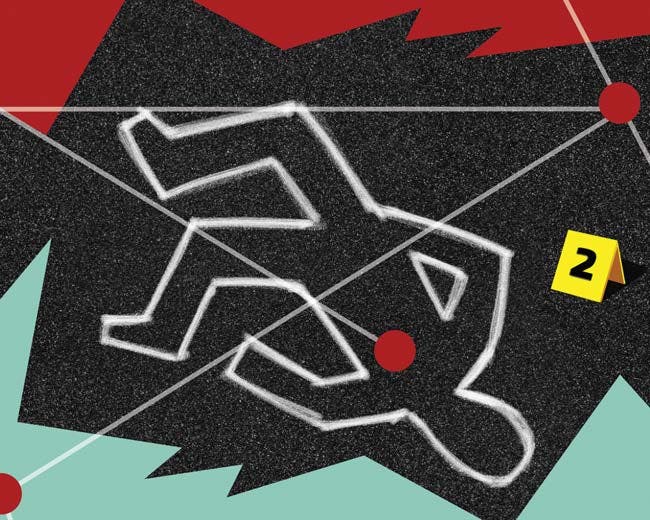Firearms
Calvin Goddard
Calvin Goddard began his career as a physician at Johns Hopkins University and then worked in army ordnance during WWI. In 1925, Goddard helped establish the Bureau of Forensic Ballistics, an independent crime lab in New York City. Dr. Goddard gained national prominence in the 1920s with his forensic studies in the Nicola Sacco and Bartolomeo Vanzetti murder case in Massachusetts (Goddard proved Sacco’s gun was used in the crime) and in the investigation of the 1929 St. Valentine’s Day Massacre in Chicago (Goddard showed that Chicago police officers were not involved in the murders). Later that year, Goddard established the Scientific Crime Detection Laboratory of Northwestern University in Chicago. It served as a model for the FBI crime lab established two years later.
Gun Barrels & Bulllets
The barrel of each gun has unique helical grooves that spin the bullet. These grooves also make impressions on the bullet as it passes through the barrel. Firearms experts will often test fire a crime weapon (usually in a water tank) to compare the projectile’s impressions with a bullet from the crime scene. Investigators also examine firing pin impressions (when a pin hits the primer and makes the cartridge explode), breech marks (when the cartridge is pressed against the end of the barrel), and ejector marks (when the cartridge is discharged from the barrel).
Though he did not invent the comparison microscope, Calvin Goddard was the first to popularize its use in forensic ballistics. A comparison microscope is made up of two compound microscopes bridged with a comparison eyepiece that places the fields of the microscopes side-by-side.

